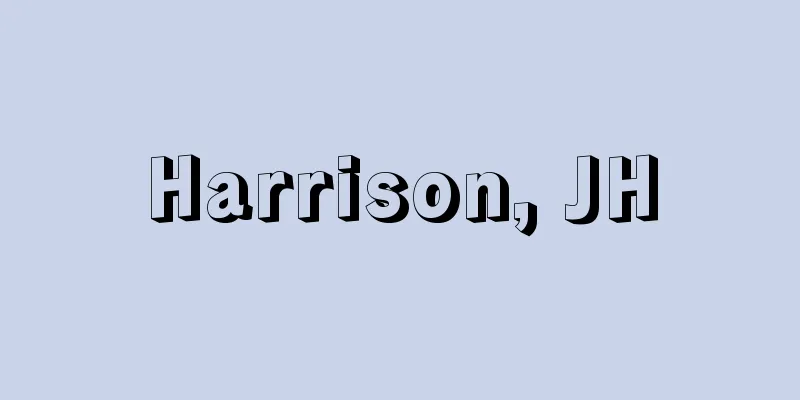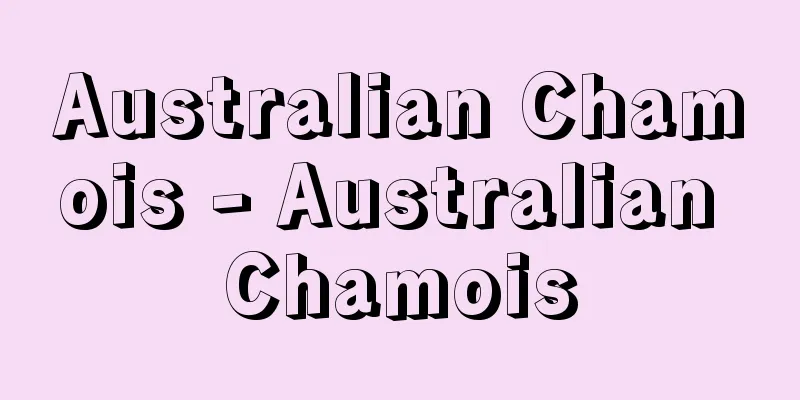Beast - beast

|
〘 noun 〙① A mammal with four legs and hair all over its body. Beast. Animal . ※Shoki (720) First Year of the Emperor Kogyoku, May ( Iwasaki Honin) "How can this be so severely lacking in compassion, and how can this be different for animals ?"② Specifically referring to livestock. [Wamyosho, Ten Volumes (around 934)]③ (meaning creatures lacking the integrity, compassion, and reason that humans have) Used to insult and mock people who lack human affection. Also used to belittle prostitutes and loan sharks, or to generally mock and belittle others. A bastard. ※Zappai, Yanagi Taru-ichisan (1778) "Iroiro ke da mono ni ku o ya no rusu" [Glossary] (1) It has coexisted with the beast form, which has the same meaning, from the early Heian period to the present day. The differences in meaning between the two, including the reasons for their coexistence, have not been fully elucidated. (2) The etymology is probably “kudamono,” but the particle da is used to indicate the attributive case, and there is no other example other than kudamono. Kemono [beast]Juujiu [Beast]Source: The Selected Edition of the Japanese Language Dictionary About the Selected Edition of the Japanese Language Dictionary Information |
|
〘名〙① 全身に毛が生えた、四足をもつ哺乳動物。けもの。獣(じゅう)類。※書紀(720)皇極元年五月(岩崎本訓)「慈(うつくしび)無きが甚だしきこと、豈(あに)禽獣(ケタモノ)に別(ことならむ)や」② 特に、家畜をいう。〔十巻本和名抄(934頃)〕③ (人間のもっている信義、情け、理性などが無い生き物の意) 人間的な情味のない人をののしり、あざけっていう。また、遊女や高利貸しなどを卑しめたり、一般的に他人をあざけり卑しめていう場合にも用いられる。人でなし。※雑俳・柳多留‐一三(1778)「いろいろなけだものの来る親の留守」[語誌](1)同様の意味を表わすケモノの形と平安時代初期以来今日に至るまで共存している。共存の理由も含めて両者の意味の相違はよく解明されていない。 (2)語源は「毛ダ物」であろうが、連体格表示に用いられる助詞ダについてはクダモノのほかは例を見ない。 け‐もの【獣】じゅう ジウ【獣】出典 精選版 日本国語大辞典精選版 日本国語大辞典について 情報 |
>>: Kemerovo (English spelling)
Recommend
Tongguk-t'onggam (English: Tongguk-t'onggam)
A Korean history book. 56 volumes, 1 volume of the...
Kanshu - Giant Bracken
Plant. Evergreen perennial plant of the Dryopteris...
A drinking and eating party
A drinking or eating contest in which participants...
Faxian - Hokken
Although his exact birth and death years are unkn...
Alkmaion (anatomist)
...It is assumed that human dissections were alre...
Sutra scroll - Kyokan
〘Noun〙 (also "kyogan") A scroll containi...
Onoe Shouroku (2nd generation)
Born: March 28, 1913, Tokyo [Died] June 25, 1989. ...
Wheel stone - Kurumaishi
Nemuro City, Hokkaido Hanasaki Hanasaki This is a ...
American Juniperus - American Juniperus
...In the southeastern United States, the cedar t...
Bulgakov, SN (English spelling)BulgakovSN
...Struve was considered a representative Marxist...
cante chico (English spelling) cantechico
...Almost all dance and guitar solo forms origina...
zurla
...The dance is generally a round dance called ko...
Elviel - Elviel
…The cost of the heir's feast is also a symbo...
Dreyer, Carl Theodor
Born: February 3, 1889 in Copenhagen [Died] March ...
"Unmon Ikkyoku" - Unmon Ikkyoku
…He stayed in Tango for ten years, during which h...









